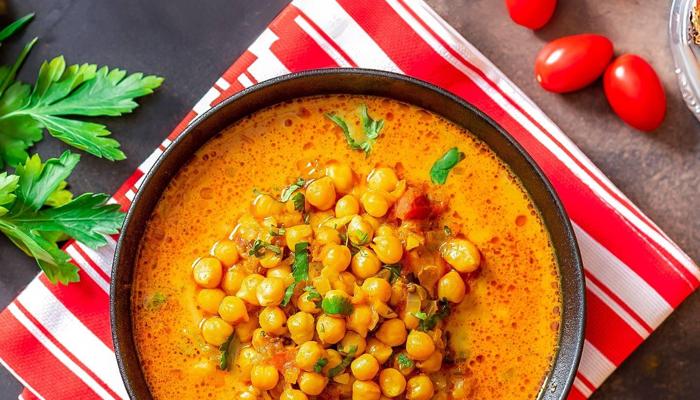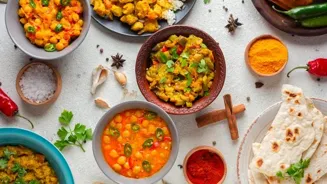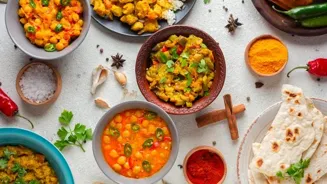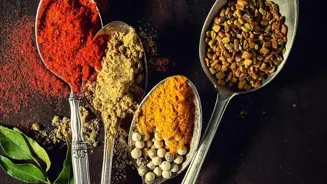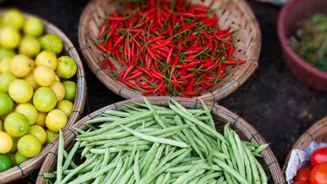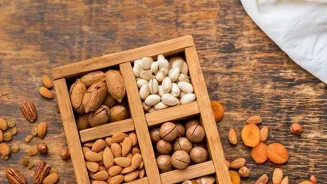Discover the nutritional powerhouse of legumes in Indian cuisine. Uncover their benefits and diverse ways to incorporate them!
For generations, Indian kitchens have been treasure troves of nutritional wisdom.
From the humble dal to the versatile chana, legumes have always occupied a prominent place on our plates.
But in a world increasingly dominated by processed foods and Western dietary trends, the incredible benefits of incorporating more legumes into our diet often get overlooked.
It’s time to rediscover these nutritional powerhouses and understand why they are so good for us, especially considering the unique dietary landscape of India.
Legumes: Nutritional champions, sustainable, diverse, and blood sugar-friendly
Legumes, simply put, are the seeds of plants belonging to the Fabaceae family. This includes a wide variety of beans, lentils, peas, and chickpeas. They are nutritional champions, loaded with protein, fibre, complex carbohydrates, essential vitamins, and minerals.
What makes them even more special is their affordability and their ability to grow in diverse climates across India, making them a sustainable and accessible food source for a large population.
Plus, their slow-digesting nature helps regulate blood sugar levels, preventing those energy crashes we often experience after consuming refined carbohydrates.
Legumes in Indian diets offer protein-rich vegetarian options
One of the biggest reasons to embrace legumes is their impressive protein content. For many vegetarians in India, legumes serve as a primary source of this essential nutrient. Protein is vital for building and repairing tissues, supporting immune function, and providing energy.
Including a variety of legumes in your daily meals can help you meet your protein requirements without relying solely on dairy products, which can sometimes be high in saturated fats.
Think of a comforting bowl of dal with roti, or a flavourful chana masala with rice - both offer a satisfying and protein-rich meal.
Legumes' high fiber aids digestion, weight management
The high fibre content of legumes is another major advantage. Fibre promotes healthy digestion, prevents constipation, and helps maintain a healthy gut microbiome.
In a country where digestive issues are prevalent due to dietary habits and lifestyle factors, incorporating more fibre-rich legumes can make a significant difference. Fibre also contributes to feelings of fullness, which can help manage weight by preventing overeating.
Adding a side of rajma (kidney beans) to your lunch or snacking on roasted chickpeas can be easy and tasty ways to increase your fibre intake.
Legumes offer essential vitamins and minerals for overall health
Beyond protein and fibre, legumes are packed with essential vitamins and minerals. They are excellent sources of iron, folate, magnesium, potassium, and zinc. Iron is crucial for preventing anaemia, a common problem in India, especially among women.
Folate is important for cell growth and development. Magnesium and potassium play a role in maintaining healthy blood pressure and heart function. Zinc is essential for immune function and wound healing.
Consuming a diverse range of legumes ensures you're getting a wide spectrum of these vital nutrients.
Explore diverse legumes in Indian cuisine for a nutritious diet
Let's talk about some practical and delicious ways to incorporate more legumes into your daily diet. Start by exploring the vast array of dals available in India – moong dal, toor dal, masoor dal, urad dal – each with its unique flavour and nutritional profile.
Experiment with different recipes and cooking methods to find your favourites. Add chickpeas to your salads or make a hearty chana curry. Include kidney beans in your rajma chawal or use them to make a flavourful bean salad. Sprout mung beans for a nutritious and crunchy snack.
The possibilities are endless!
Indian legume dishes beyond dals and curries offer tasty, nutritious options
Moreover, India has a rich tradition of using legumes in various forms beyond just dals and curries. Think of dosas and idlis made from fermented lentils and rice – a delicious and nutritious breakfast option.
Dhokla, a steamed snack made from fermented chickpea flour, is another popular and healthy choice. Sattu, a roasted gram flour, can be used to make a refreshing drink or added to various dishes for extra protein and fibre.
Exploring these traditional recipes can provide exciting and innovative ways to incorporate more legumes into your diet.
Digestive discomfort from legumes? Soak, add spices, start small
However, some people experience digestive discomfort, such as bloating and gas, after consuming legumes. This is often due to the presence of certain complex sugars called oligosaccharides. Fortunately, there are simple ways to minimize these effects.
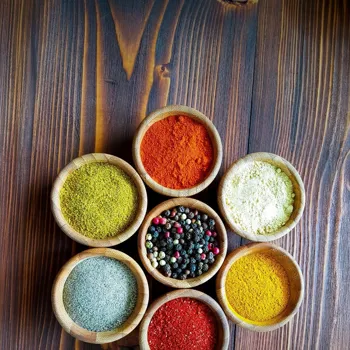
Soaking legumes overnight before cooking can help break down these sugars. Adding spices like ginger, asafoetida (hing), and cumin to your dishes can also aid digestion. Starting with small portions and gradually increasing your intake can help your body adjust to the increased fibre content.
Incorporate legumes for health benefits, consult experts for guidance
In conclusion, incorporating more legumes into your diet is a simple yet powerful way to improve your overall health and well-being. From their rich protein and fibre content to their abundance of essential vitamins and minerals, legumes offer a multitude of benefits.
By rediscovering the nutritional wisdom of Indian cuisine and exploring the diverse possibilities of legume-based recipes, you can make a positive impact on your health while enjoying delicious and satisfying meals.
So, embrace the power of legumes and make them a regular part of your diet – your body will thank you for it. Remember that a balanced diet is key, and consulting a nutritionist or healthcare professional is always advisable for personalized dietary recommendations.
By doing so, you can enjoy the incredible benefits of legumes while adapting them to your specific needs and health goals.
